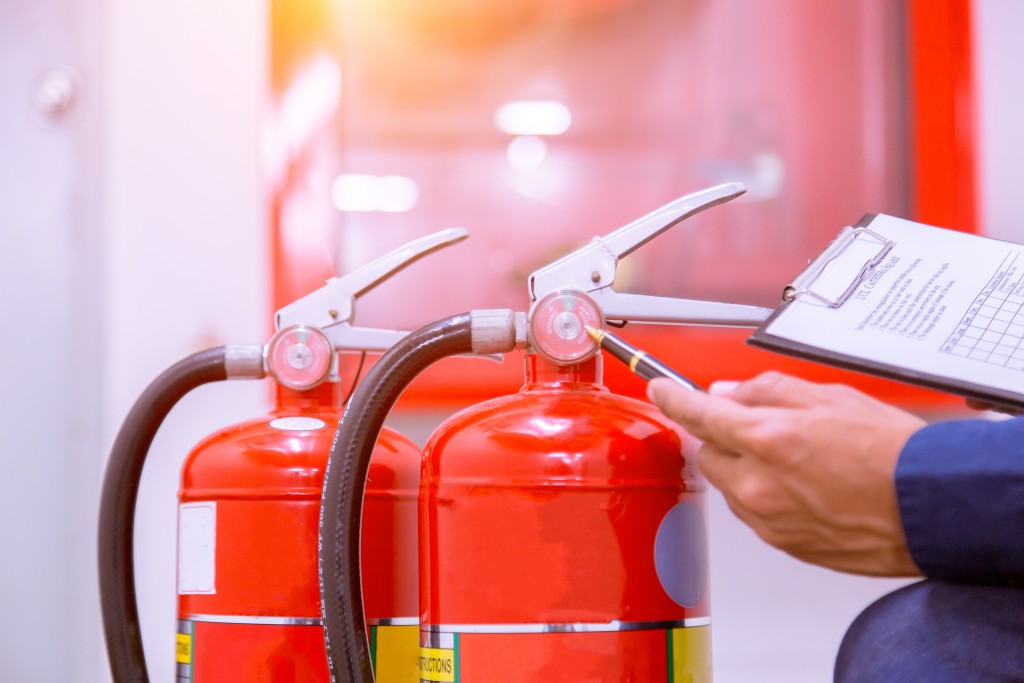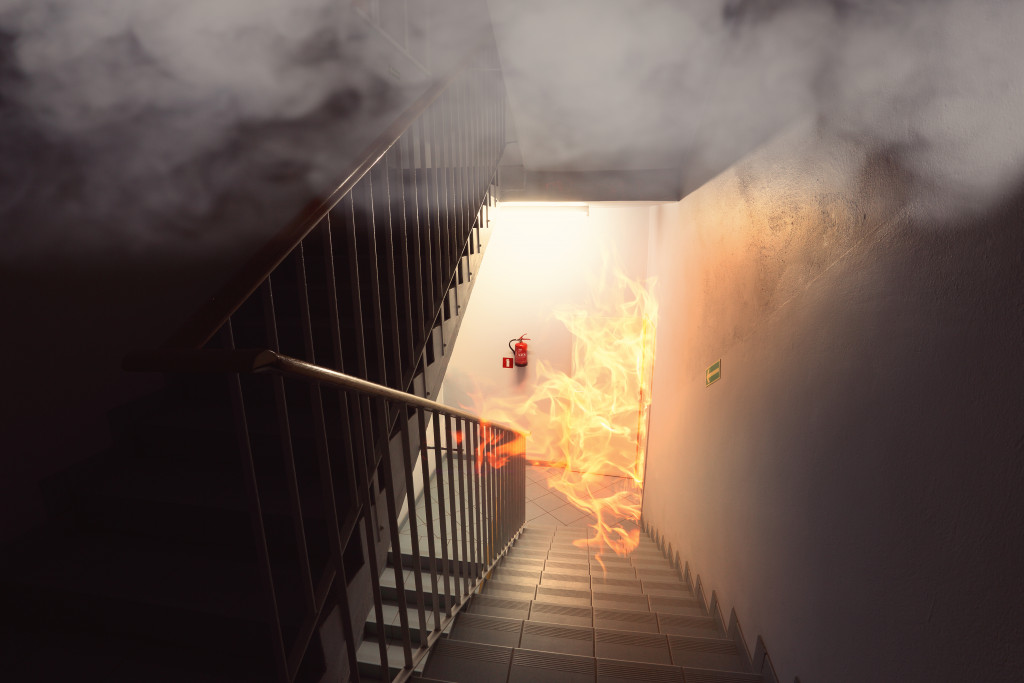Importance of Fire Safety Inspections & Construction Standards

For those old enough to remember the 1974 skyscraper movie, Towering Inferno, the lesson was that a small short circuit could make a mighty 138-storey building into a smoldering hell high above the ground.
Starring Hollywood legends Steve McQueen and Paul Newman, the story began with a short circuit on the 81st floor of what was touted to be the world’s tallest building at that time, in the movies, that is.
The movie progresses with fire chief Michael O’Hallorhan (played by McQueen) rescuing the hapless, trapped people inside The Glass Tower, the building that was to become a “towering inferno.”
Of course, later on, firefighting experts and construction engineers would refute that a fire of such magnitude could cause an unprecedented tragedy. Claiming the reliability of modern-day safety engineering and design, they say that buildings being engulfed in infernal fires is an impossibility.
In the movie, faulty wiring supposedly started the fire when cleaning materials got ignited. The experts called this scenario as “implausible.”
For example, in the construction and safety industry, securing an electrical installation condition report or EICR is part of the long list of requirements needed before a building or establishment is allowed to operate. Occupancy or use of buildings is subject to these kinds of stringent tests or safety evaluations.
While the movie was effective in stoking fear and dread among movie-goers, those with technical experience are quick to say that there are enough safety design features in today’s skyscrapers to prevent such a flaming spectacle.
Registered professional electricians also inspect homes and smaller commercial structures. Based on the Regulatory Reform on Fire Safety in 2005, there is also a need to designate a “Responsible Person.” They will help ensure that a fire risk assessment is done on a particular establishment, be it a house, apartment, gym, building, warehouse, or any other structure built in England and Wales.
Furthermore, the construction industry has already set the standards and best practices in the construction of various types of structures in the United Kingdom, such as traditional construction, non-traditional construction, metal-framed, pre-cast concrete, in-situ concrete, and timber-framed.
Other safety factors in construction include the dimensions of building parts or components, fire-protection materials used, compartmentation design, and emergency exit plans.
During construction, careful inspection of the presence of combustible materials is also done. These materials may include solid objects, liquid substances, and gaseous material.
The quantity, flammability, and storage of such items are studied, and appropriate recommendations are made by safety officers to ensure fire safety protocols are observed.
Possible sources of ignition are electrical outlets and installations, construction areas with the presence of combustible materials, and smoking areas. Construction safety officials also inspect even places that are vulnerable to intentional acts like arson.
These inspections, anchored on national safety laws and regulations, are crucial considering the staggering destruction of property, the cost of money, and the incalculable loss of life related to fire incidents.
In 2019, based on a Home Office report on fire and rescue incidents, more than 555,000 fire and rescue incidents were recorded across the UK, resulting in 237 fatalities. At least 28 percent of all those incidents were due to fires, 30 percent for non-fire events, and 41 percent due to false fire alarms.
In other statistics, it was revealed that in England, at least 53 percent of accidental dwelling fires were caused by faulty appliances, faulty fuel supply, and misuse of equipment.
Given the data, the importance of fire safety protocols and periodic electrical inspections is brought to fore. All houses and buildings, including the electrical set-up inside these structures, all age and deteriorate over time. With regular intervals of inspections, testing, and refurbishment or repairs — fires can be prevented.
Specifically for electrical inspections, electricians and other members of the safety team would look for overloaded electrical circuits. They would also look for faulty or poor electrical wiring, gaps in bonding or earthing materials, as well as shock risks and other fire hazards in and around a structure under inspection.
The registered electricians will also inspect if there are any exposed wires and signs of wear-and-tear in other electrical installations. Lighting fixtures, switches, sockets, and other related items will be carefully looked at for their serviceability.
After all these inspections are done, the report will be prepared. It will include recommendations on how to level up the fire safety conditions in a home or office.
Any home, office, or whatever type of structure costs the owner a sizable amount of funds. More importantly, the residents or users of the structure are irreplaceable since it is precious human lives that are always at stake.




